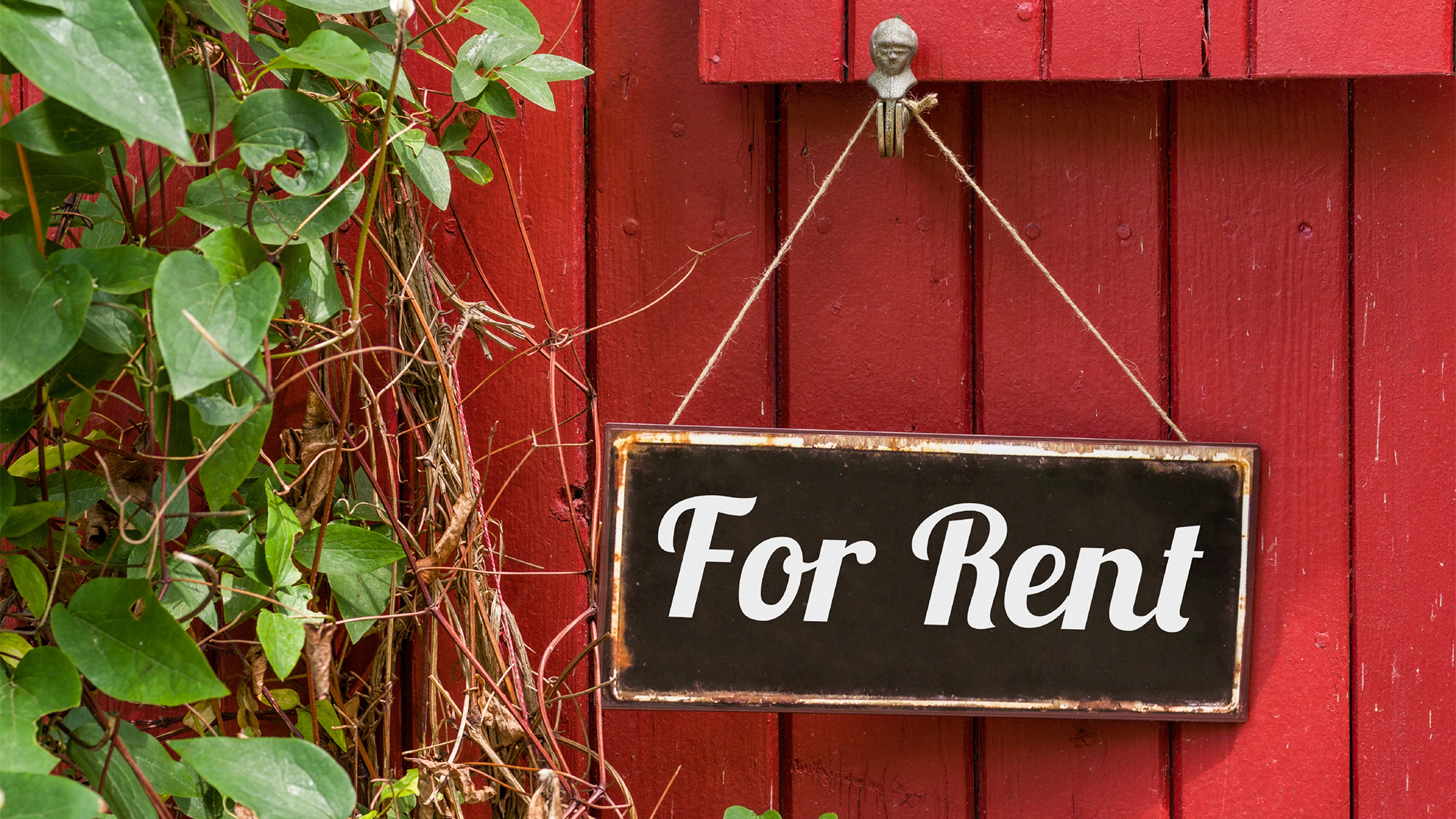By Lisa Sturtevant, PhD

Demand for rental housing has increased dramatically in recent years, and despite a surge in new multi-family construction, many individuals and families still face daunting affordability challenges.
In many parts of the Washington DC region, new construction has ramped up to meet the growing demand for rental housing. However, these new apartments largely target the upper end of the market. Unfortunately with this new market-rate construction, existing affordable housing is often demolished. While it is critical to continue to promote policies that encourage the production of new affordable rental housing it is preservation that is perhaps more important.
Across the country and throughout our region, the most important source of rental housing that is affordable to lower-income households is found within the existing housing stock. Subsidized affordable rental housing continues to be at risk of becoming unaffordable due to expiring affordability contracts. Unsubsidized, or market affordable units, which comprise the largest share of affordable rental homes, are lost as a result of demolition as well as improvements and upgrades that lead to rent increases. As the demand for homeownership swings upward again, condo conversions will also put pressure on the existing stock of affordable rental homes.

The Hodge, Dantes Partners
Preservation is a challenge, particularly in high-cost regions like the Washington area. The challenge is even greater in areas that are best connected to opportunity—those near transit and jobs—and neighborhoods that are improving as a result of gentrification. There is a strong case that these are the places where housing affordable to lower-income individuals and families is most needed, but it’s also where preservation can be most expensive.
But preserving existing affordable housing is often much more economically sound than new construction. According to one study of preservation efforts in 37 states, the cost to rehab a unit was half the cost of building a comparable new unit.
Preservation policies can target resources on specific units or buildings, or can more generally focus on preserving residents’ access to affordable homes in a particular jurisdiction or neighborhood. In either case, key components of successful preservation strategies include:
i) being able to identify developments or neighborhoods that may be at risk of loss through gentrification or other factors; and
ii) ensuring sufficient resources to leverage preservation opportunities when they become available.
 Because preservation is so challenging in high-cost areas, a set of strategies is called for. Many of the more inventive and effective preservation policies have been adopted by local jurisdictions in the Washington DC region…but there may be opportunities to expand the reach of existing preservation tools.
Because preservation is so challenging in high-cost areas, a set of strategies is called for. Many of the more inventive and effective preservation policies have been adopted by local jurisdictions in the Washington DC region…but there may be opportunities to expand the reach of existing preservation tools.
Inventories of At-Risk Properties. The effectiveness of any preservation program depends on the timely identification of at-risk properties. A comprehensive data collection effort can help local jurisdictions identify which affordable rental properties appear to be at risk of loss (including the reason behind it) and target outreach and preservation efforts accordingly.
The recently created National Housing Preservation Database tracks at-risk, subsidized properties throughout the country. The District of Columbia’s Preservation Catalog provides a local example of a database that includes information on subsidized properties in DC which may be at risk of being lost from the affordable stock. It is important to keep track of subsidized units with expiring contracts, however, it is equally—or perhaps even more important—to be able to identify and track market-rate affordable units. With support from the Metropolitan Washington Council of Governments, developing a regional database of market-rate affordable rental properties would be a worthwhile endeavor.
Notably, inventories developed for tracking are only useful for preservation when a jurisdiction has an acquisition strategy. To be effective, the strategy would have to include a funding source and a process for working with developers when market-rate affordable properties become available for sale.
Property Tax Abatements and Exemptions. Some local jurisdictions have attempted to help preserve affordable rental housing by offering property owners tax incentives in exchange for preserving units as affordable—Chicago and New York City offer two examples of fairly comprehensive property tax abatement/exemption programs. Here in the Washington DC region, Fairfax County has a property tax exemption option for non-profit property owners that serve extremely low income households. In many cases these tax incentives are designed to make it financially feasible for owners of low-cost rentals to make improvements to their properties without raising rents to levels unaffordable to low-income residents.
Preservation tax incentives tend to be most effective in neighborhoods where rents are not yet rising significantly – this highlights the importance of tracking at-risk units and developing ways to predict neighborhood change.

The Pena Family are long-time residents of the 1425 T Street, NW Cooperative in the rapidly gentrifying 14th Street Corridor. City First worked side by side with the co-op to structure over $2MM in creative financing so members could retain ownership and complete renovation of the property.
Right of First Refusal. Right of First Refusal (RoFR) policies can require owners of rental properties to give advance notice of the intention to either sell the property, make substantial property improvements, or convert to condominium ownership, and then requires that a preservation buyer has an opportunity to match a purchase offer. In some cases, the tenants or the local jurisdiction indicate the intent to make an offer, though the purchase is usually made by a non-profit developer.
For a RoFR policy to work well, there must be a capable buyer that has experience purchasing and operating rental housing. In addition, the buyer needs quick access to capital to close the transaction. Local funding sources that can respond quickly and flexibly to requests from nonprofits and tenant groups seeking to purchase and rehabilitate at-risk housing can therefore enhance the effectiveness of RoFR policies.
Several jurisdictions across the region, including the District of Columbia and Montgomery County, have RoFR policies though their reach has been limited by very high property prices and insufficient resources.
In many ways, preservation policies are harder to create than policies designed to promote new affordable development. However, as rents continue to rise, it is critical to stem the loss of existing affordable homes. If not addressed, low- and moderate-income individuals and families in our region will face dramatically declining housing options.








